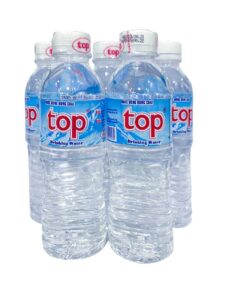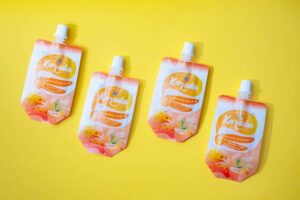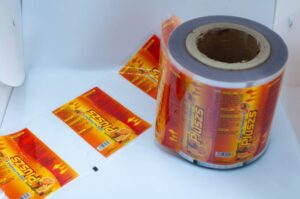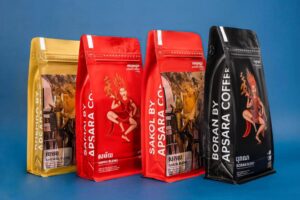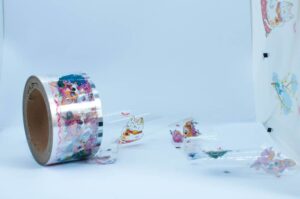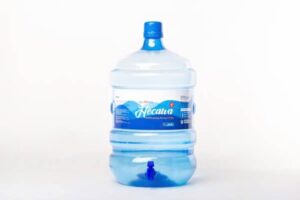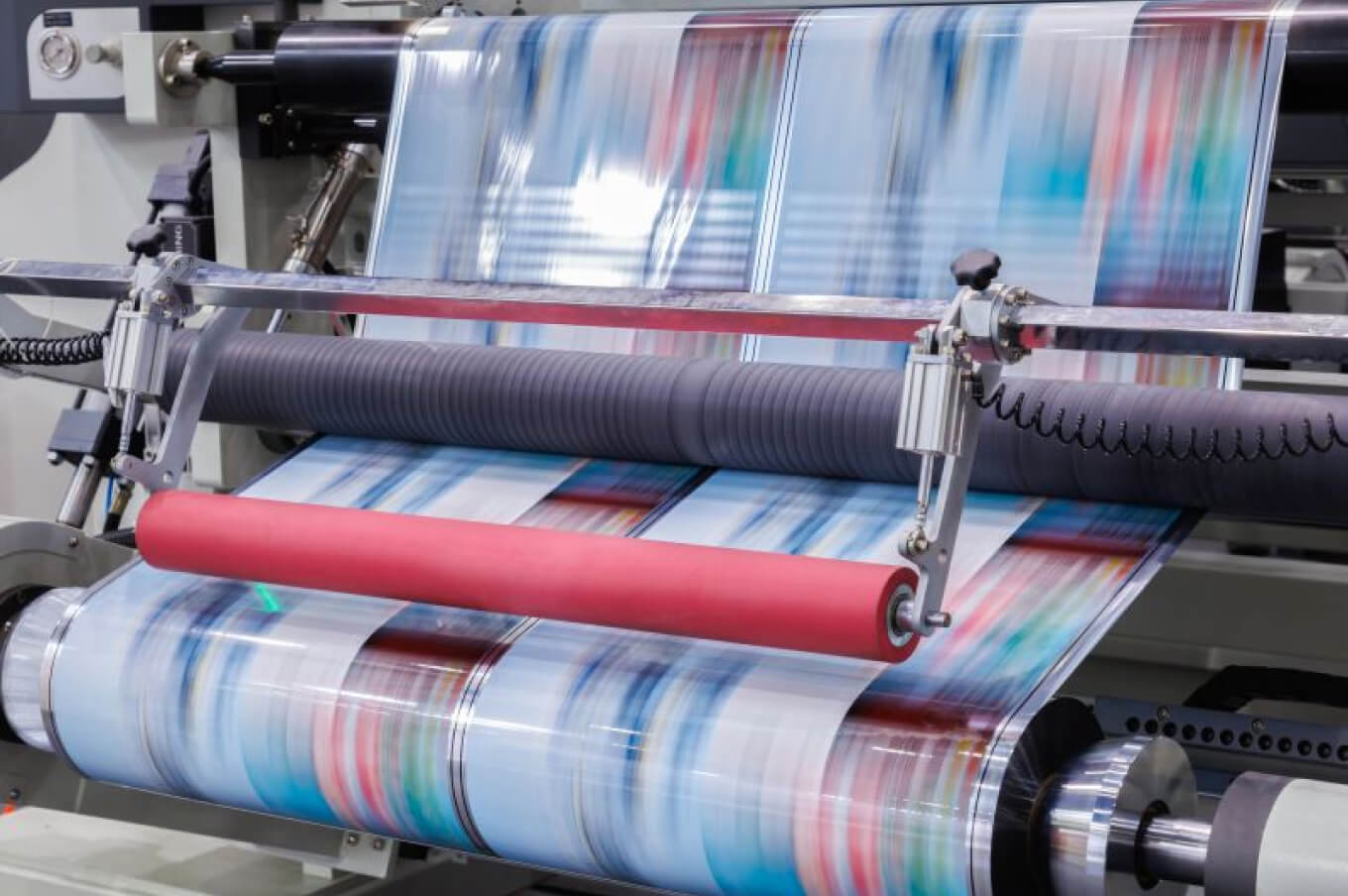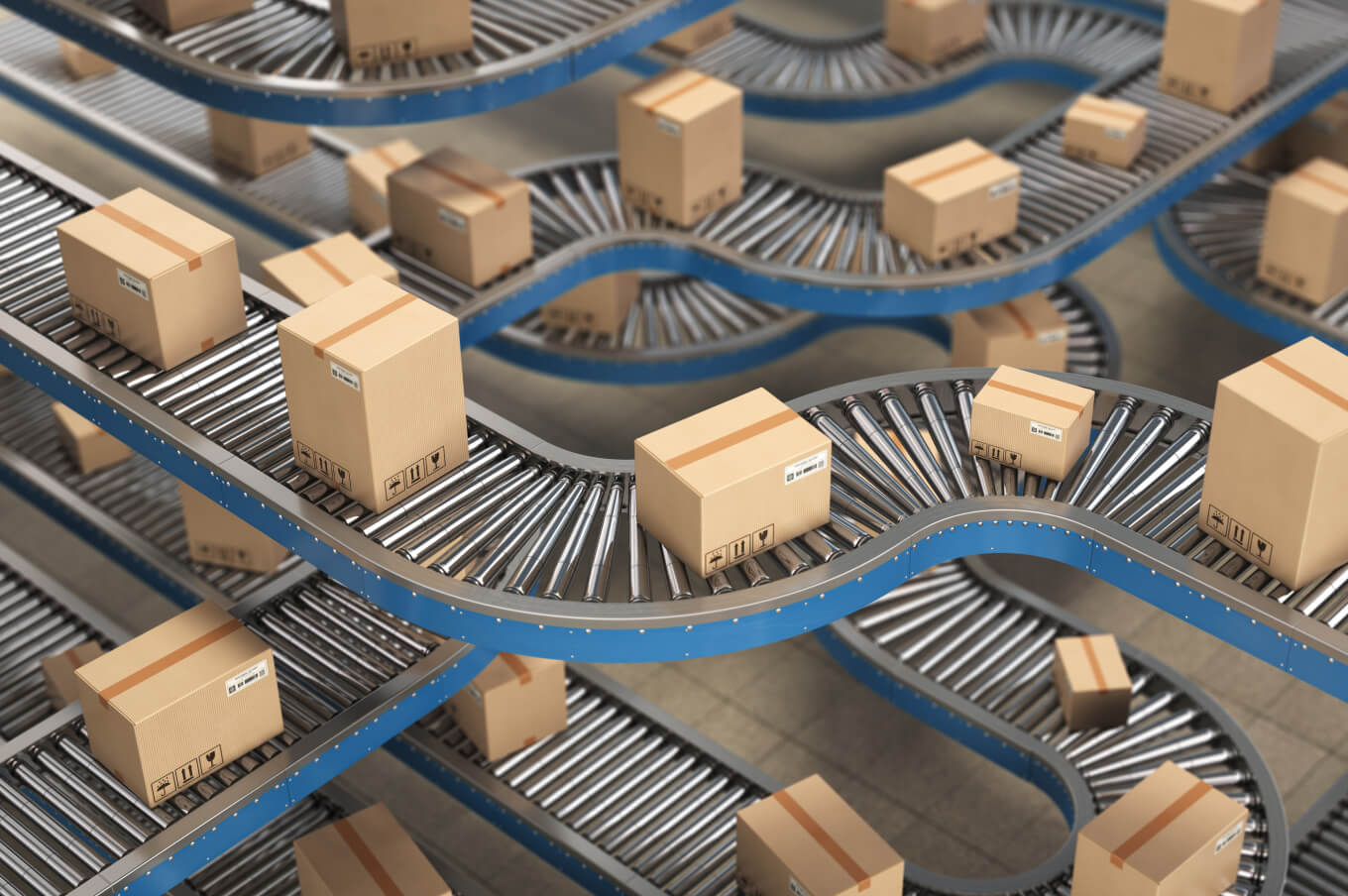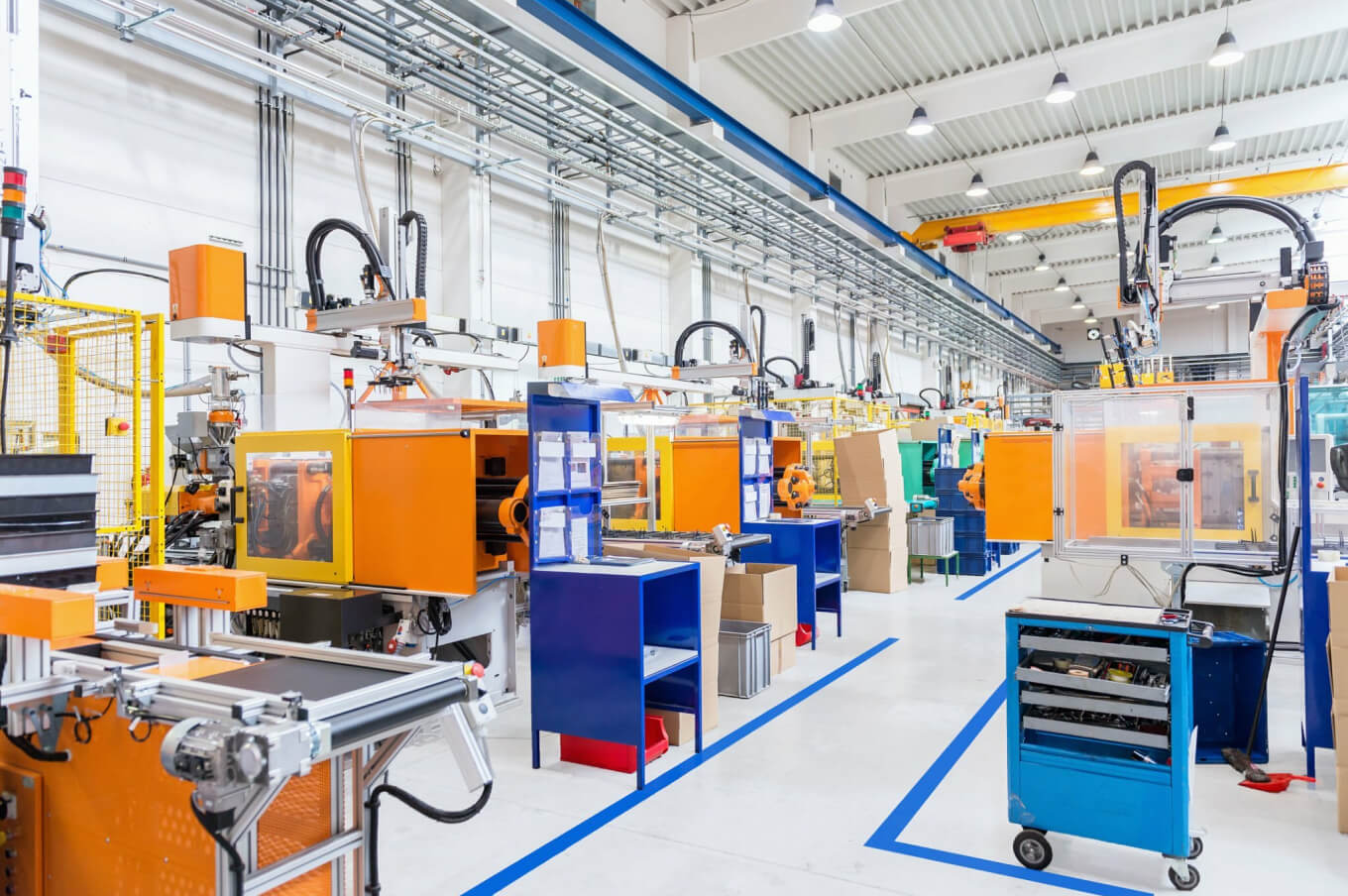Comparison Table of Packaging Films
In the packaging industry, choosing the right type of film is a key factor in ensuring product quality and safety. With various packaging films available on the market, each type has its own advantages and disadvantages. The article below provides a detailed comparison between popular types of packaging films such as PVC, PE, PP, PET, OPP/BOPP, composite films, thermal films, and decals. This will give readers a clearer understanding of each film type, from protective capabilities, durability, food safety, to production costs, helping businesses make optimal choices for their products. Vạn Phú Bình (VPB) hopes that this information will assist you in finding the most suitable packaging solutions.
|
Film Type |
Advantages |
Disadvantages |
|
PVC Shrink Film
|
– High durability: Excellent waterproof and dustproof capabilities. |
– Limited heat resistance: Easily deforms when exposed to high temperatures. |
|
– Easy printing and shaping: Sharp printing enhances aesthetic value. |
– Not food-safe: May alter taste or quality of food. |
|
|
– Competitive pricing: Reasonable production costs save expenses for businesses. |
– Poor biodegradability: Not environmentally friendly and difficult to recycle. |
|
|
PE Shrink Film
|
– Good heat resistance: Safe for storing food or products requiring high temperatures. |
– Lower mechanical durability than PVC: Can tear easily under tension. |
|
– Safe for health: Usually does not contain harmful chemicals. |
– Challenging to print: Cannot achieve sharp detail like PVC. |
|
|
– Easily recyclable: Safer to process than PVC. |
||
|
PP Shrink Film
|
– High durability and good waterproofing: Provides solid protection. |
– Difficult to print: Hard for ink adhesion, limiting sharp images. |
|
– Safe for food: Does not contain harmful substances. |
– Limited shaping flexibility: Less flexible than PVC and PE. |
|
|
Màng Co PET
|
– High durability and stability: Good heat resistance and impact resistance. |
– Difficult to process and recycle: Requires separate recycling process. |
|
– Transparent: Highlights the product and attracts attention. |
– Higher costs: More expensive to produce than PVC and PE. |
|
|
Composite Film
|
– High flexibility: Combines features for better protection. |
– High production costs: Complex to produce. |
|
– Good customization: Suitable for specific requirements. |
– Difficult to recycle: Not easily recyclable due to material combinations. |
|
|
Thermal Film
|
– Perfectly seals products: Excellent protective layers. |
– Requires specialized equipment: Adds to investment costs. |
|
– Aesthetic effect: Attractive and luxurious packaging. |
– Difficult to recycle: Not environmentally friendly. |
|
|
Decal
|
– Good adhesion: High adhesion that does not peel off easily. |
– Only suitable for flat surfaces: Cannot be applied to curved shapes. |
|
– Sharp printing: Creates eye-catching effects. |
– Short lifespan: May fade or peel after a while. |

